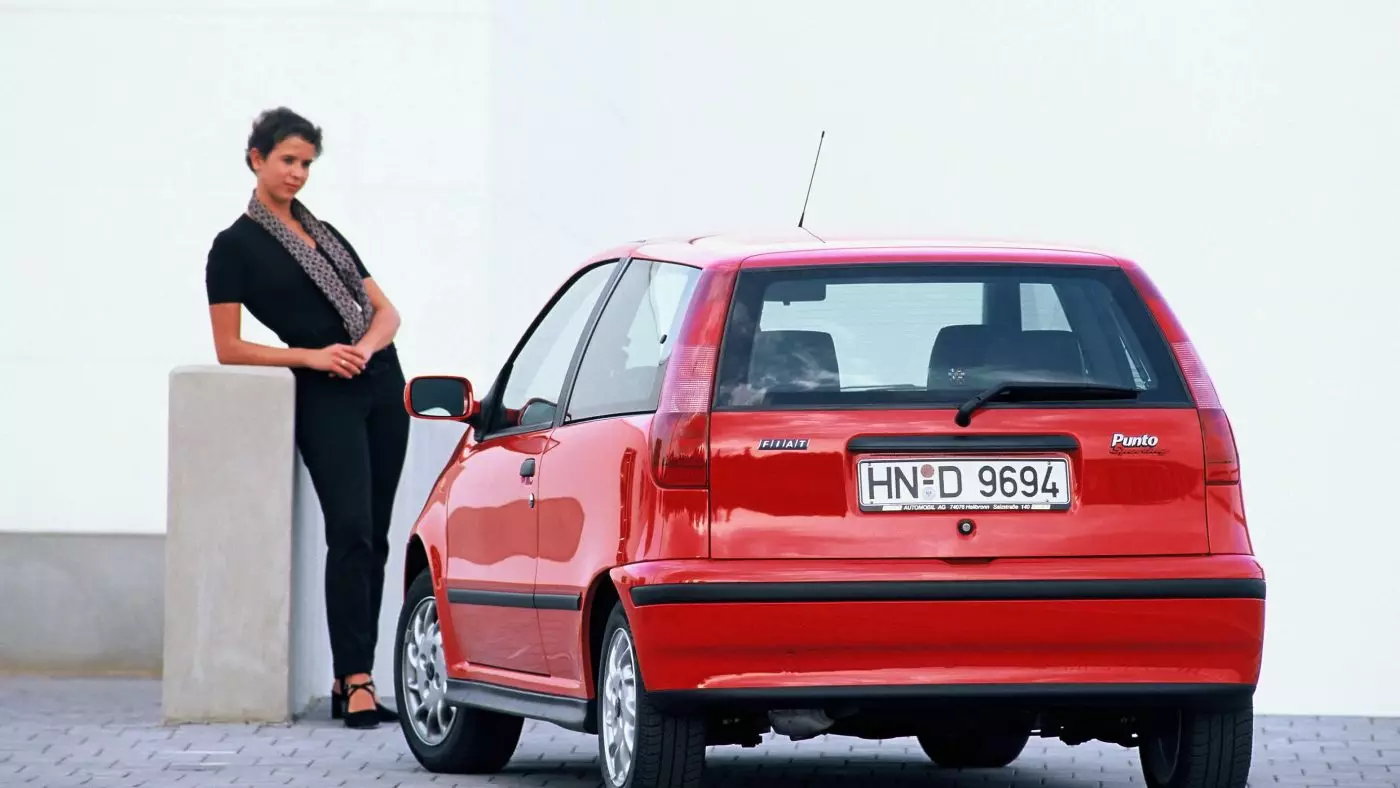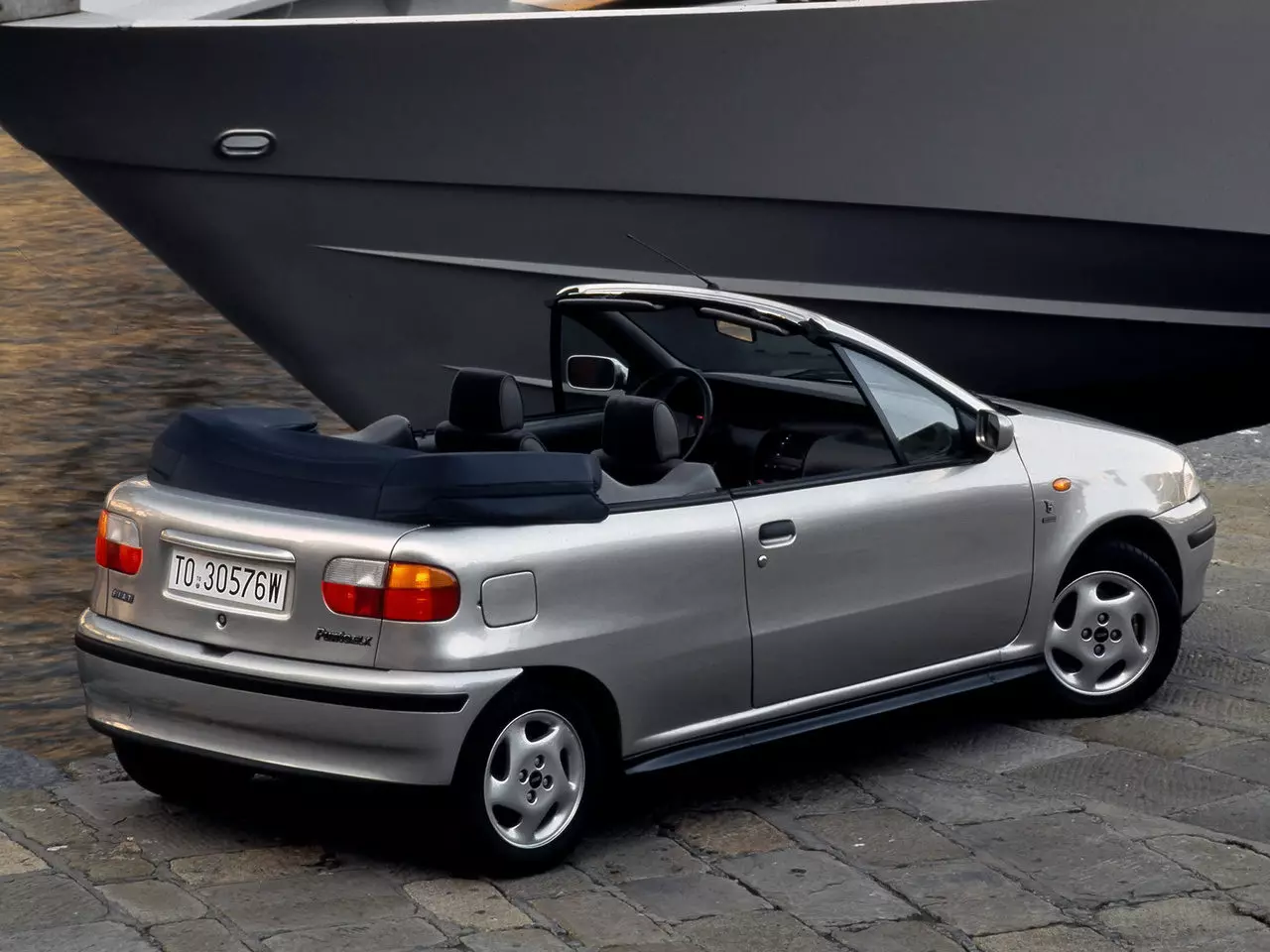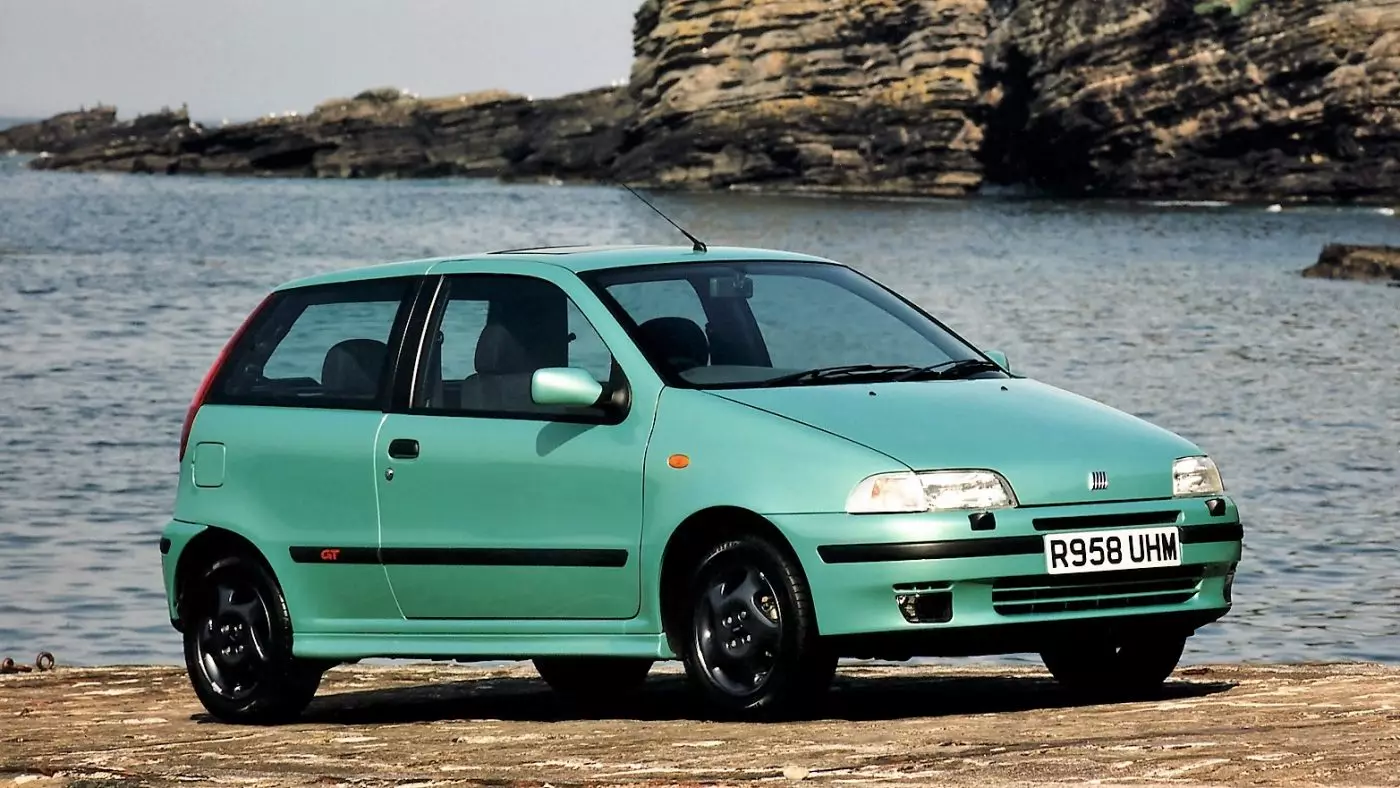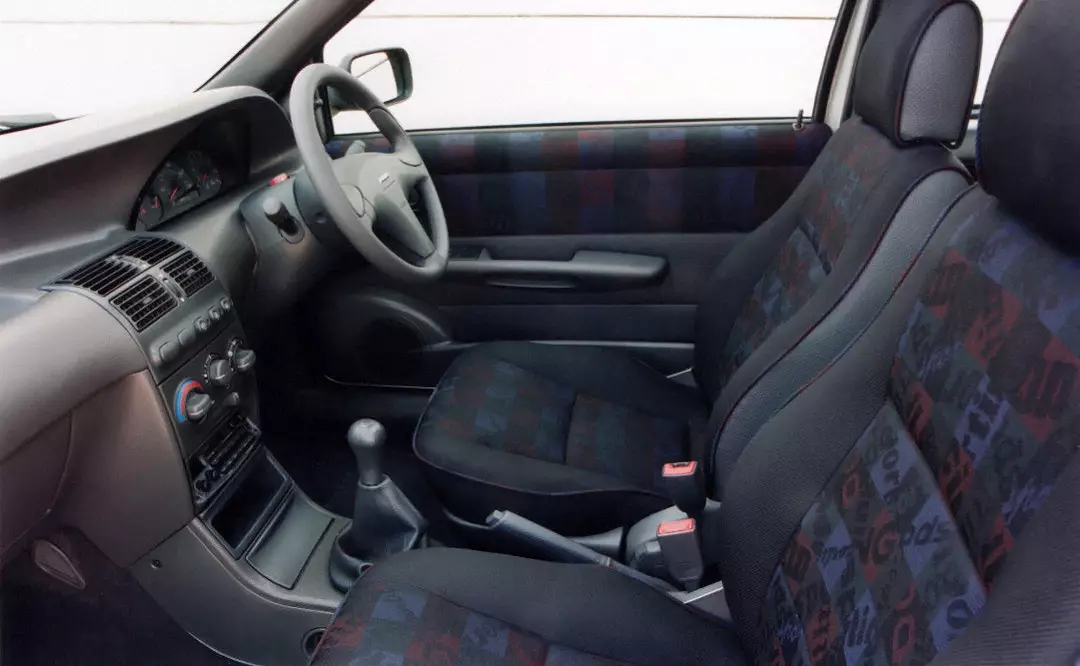The predecessor of Fiat Punto , the immensely popular Uno, also competed for the Car of the Year trophy in Portugal, but never won it. Fiat Punto received a very positive reception from the media and the markets, with due recognition shown through the numerous awards it achieved.
In addition to being named Car of the Year in Portugal, it would also be named European Car of the Year in the same year, beating rival Volkswagen Polo. And despite the year being 1995, the Fiat Punto would be presented much earlier, at the end of 1993, arriving in Portugal the following year.
The Fiat Punto represented an abrupt break with the Uno. The design was quite distinctive and one of the hottest points of initial controversy due to the elevated positioning of the rear optics — a feature only found on the then-new Volvo 850 estate.

The original and typically Italian lines only created controversy due to the shape and placement of the rear optics. It became one of the model's trademarks, following it for three generations.
The Fiat Punto, like the Uno, was once again designed by Giugiaro, who also designed the contemporary and rival SEAT Ibiza (6K), himself Car of the Year in Portugal in 1994.
The Uno's more utilitarian appearance was replaced by smoother, more fluid shapes and lines, with the range being made up of three bodies, namely three and five doors, and a convertible.
Interestingly, the Punto Cabriolet had Bertone's signature, and was also produced by Bertone, and distinguished itself by the rear optics, in a more conventional position and horizontal development — reuse of one of the anchored solutions during the development of the Fiat Punto's design .

In addition to the loss of the roof, the Punto Cabriolet gained a new pair of rear optics.
Since 2016, Razão Automóvel has been part of the Car of the Year jury panel in Portugal
Diversity
In addition to the distinctive styling, it maintained the Uno's reputation as one of the most spacious in the segment, and there seemed to be a Punto perfectly suited to every person. There were several engines to choose from, mostly gasoline, from the modest 1.1 Fire with 54 hp, through the 1.2 with 75 hp and culminating in the missile GT point , equipped with the 1.4 Turbo, inherited from the Uno Turbo i.e., with 133 hp, capable of accelerating in just 7.9s up to 100 km/h and reaching 200 km/h, making it one of the fastest in its segment. Diesel, two variants with 1.7 l, with and without turbo.

Except for the wheels, the Punto GT was little different from other Fiat Punto, but the performance was on another level.
There was also no lack of choice in terms of transmissions — in addition to the typical five-speed manual gearbox, a six-speed manual gearbox debuted in the segment, which fitted the Punto 6Speed. To complement them, there was also an automatic option, through a continuous variation box, with CVT.

Success
Among other highlights was the chassis with independent suspension on two axles, the HSD (High Safety Drive) version, loaded with equipment to make driving safer — dual airbag, power steering, rear headrests (a rarity at the height), air conditioning and ABS, unusual equipment in utilities at the time.
The mid-life upgrade brought a new multi-valve engine (16v), unique in the range, which derived from the already known 1.2, featuring a benchmark 86 hp — the most powerful on the market with this capability.
The Fiat Punto's success was immediate, and within 18 months of commercialization it would sell 1.5 million units, totaling more than 3.3 million during its career that ended in 1999, when its successor was launched.
The Punto name would span three generations, with the last one remaining on the market for a long 13 years. The end of its production takes place this year, in 2018, and, as surprising as it may be, it will not have a direct successor, being the last representative of Fiat in a segment of historical importance to it.
Do you want to meet the other Car of the Year winners in Portugal? Just follow the link below:
